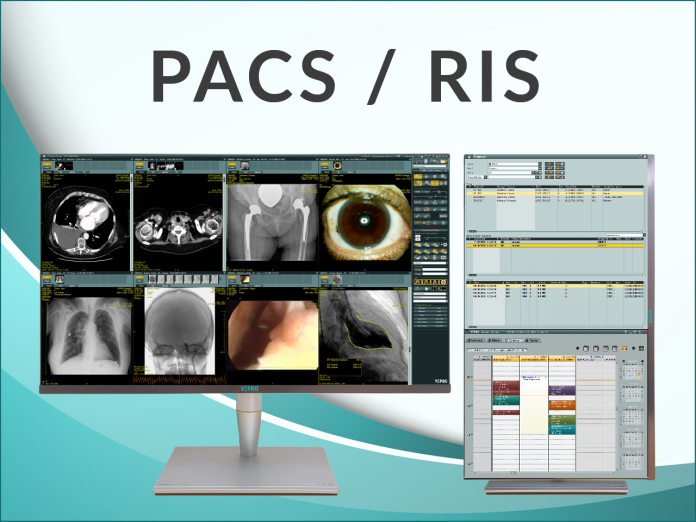Suppose you practice in radiology or another healthcare profession. In that case, you’re undoubtedly exposed to a lot of “shop speak” or medical jargon that may seem alien to those outside the medical world. RIS PACS are two medical terms that most radiologists and doctors are acquainted with. Here’s how PACS is linked to radiology and how a PACS, as well as a RIS (Radiology Information System), may collaborate to assist radiologists, practitioners, hospitals, and patients.
PACS
A picture archiving and communication system (PACS) is a digital radiography technology that allows for the cost-effective storing and retrieval of pictures from various modalities (source machine types). PACS allows electronic photographs and reports to be sent digitally, eliminating the need to file, retrieve, or carry film jackets physically. DICOM is the global standard for PACS image storage and transmission (Digital Imaging and Communications in Medicine). Once wrapped in DICOM, non-image data, like document images, maybe integrated utilizing consumer industry-standard formats such as PDF (Portable Document Format). Visiting sepstream can guide you more about PACS.
A PACS is made up of four significant components: imaging methodologies such as X-ray computed tomography (CT) as well as magnetic resonance imaging (MRI), a secure network for transmitting patient information, workspaces for analyzing and reviewing visuals, and archives for image and report storage and retrieval. When combined with existing and future web technologies, PACS has the potential to provide fast and efficient access to pictures, interpretations, and associated data. PACS eliminates the physical and temporal constraints previously associated with conventional film-based image retrieval, dissemination, and presentation.
RIS
A radiology information system (RIS) is a computerized database used among radiology departments to store, modify, and disseminate radiological data and images for patients. The system’s features include patient monitoring and scheduling, outcome reporting, and picture tracking. RIS supplements HIS (Hospital Information Systems) and is essential to radiology practices’ effective workflow.














I could have sworn I’ve visited this
website before but after looking at many of the posts I realized
it’s new to me.